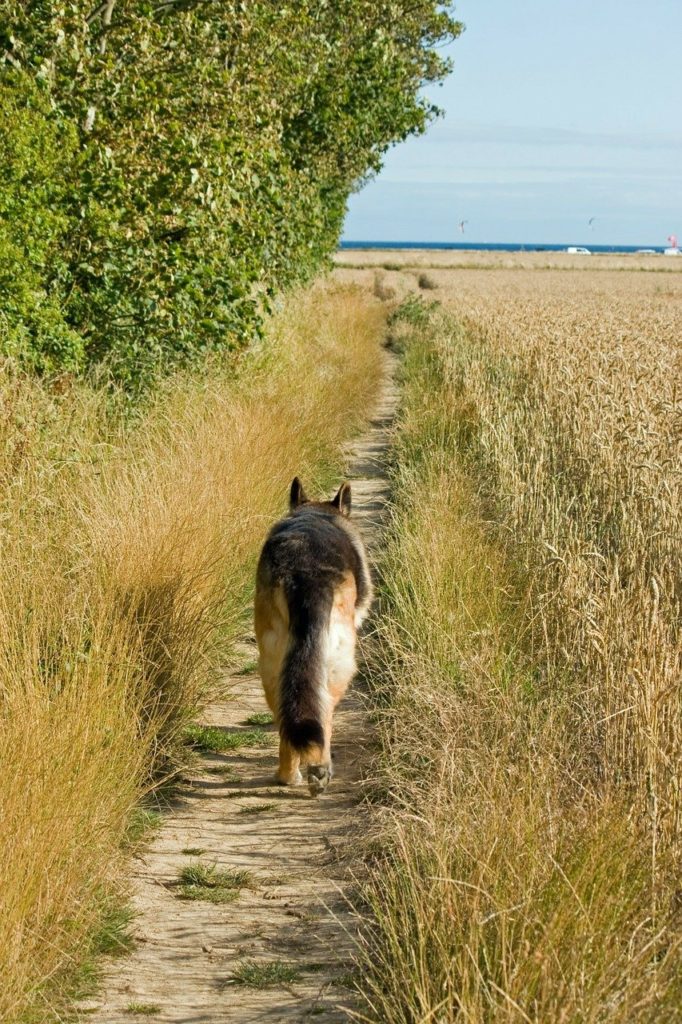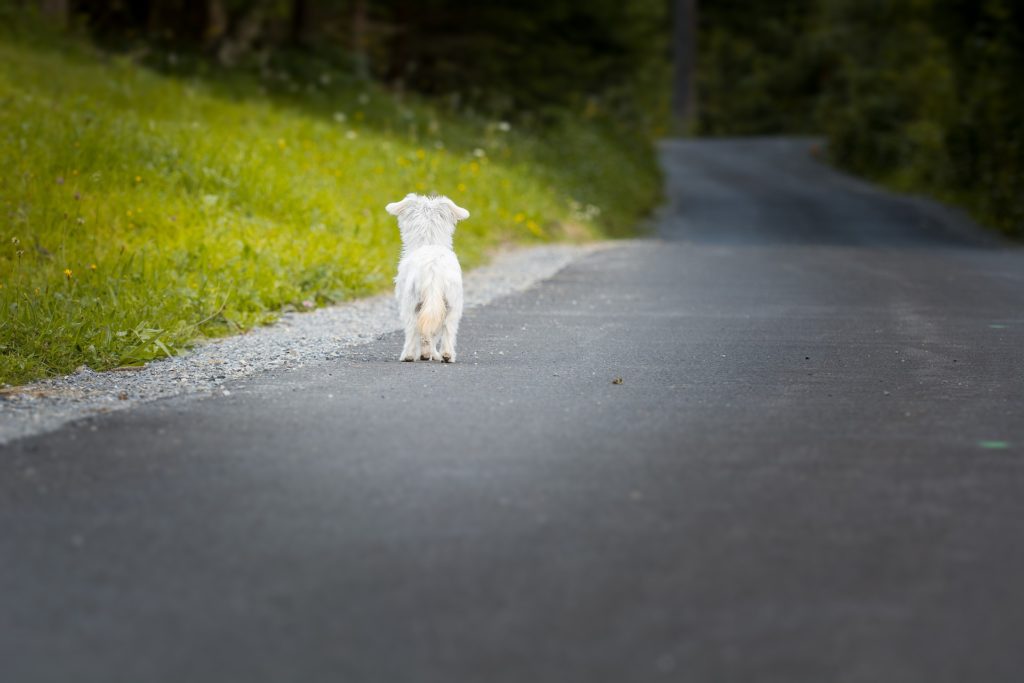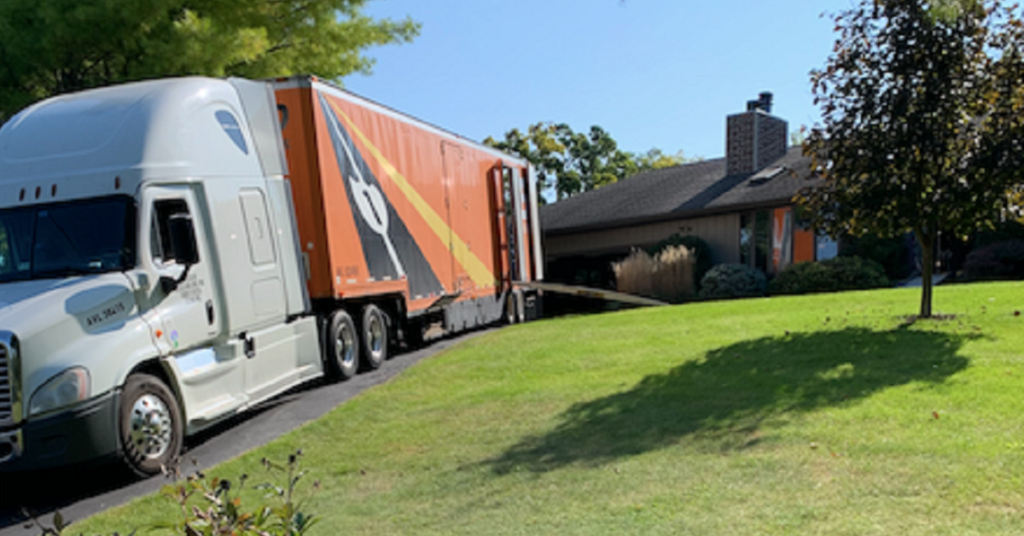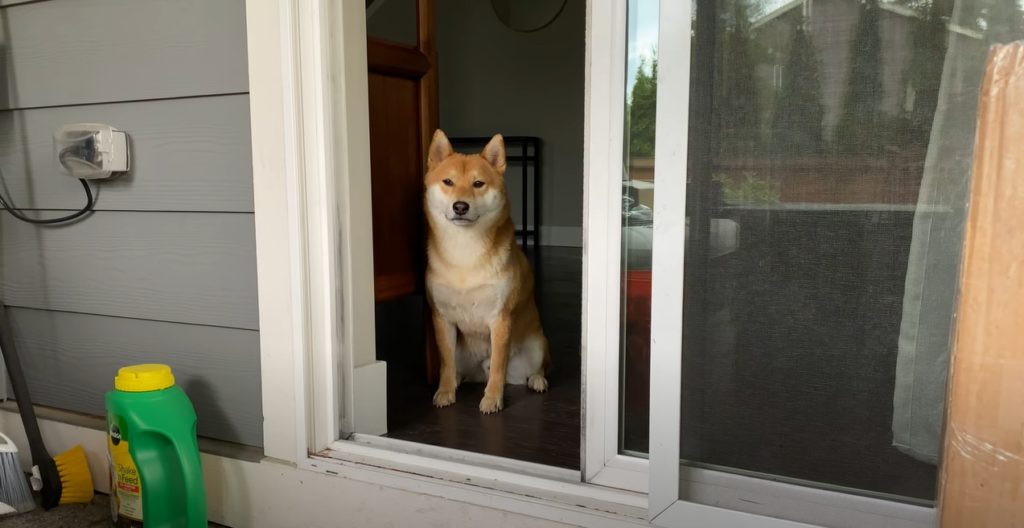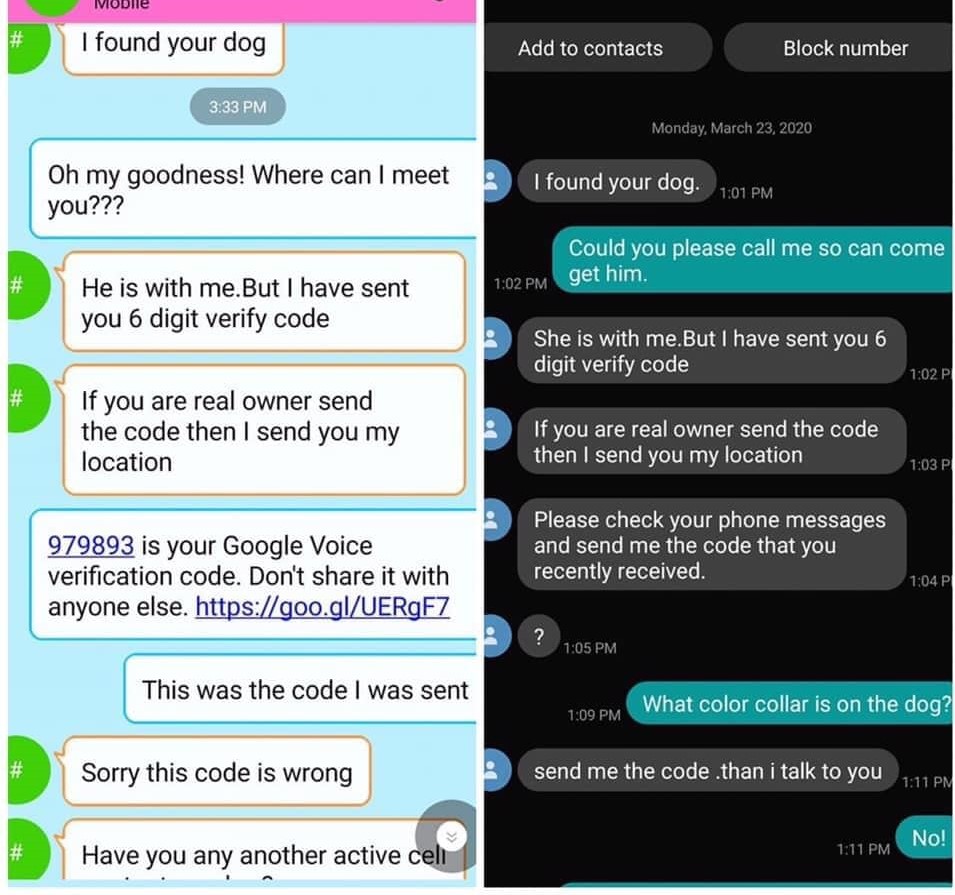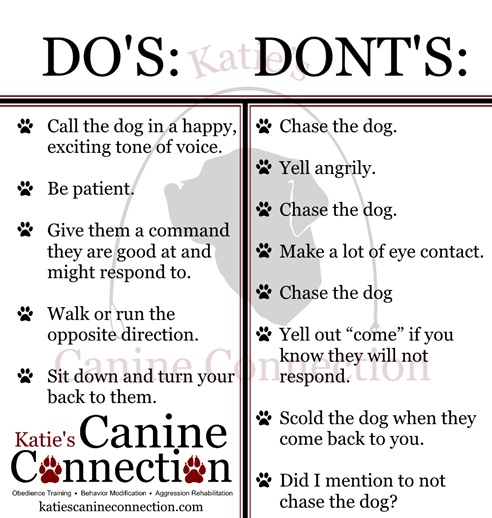“CHUCK” FINALLY RECOVERED AFTER 172 DAYS.
Chuck first showed up on our deck as a scrawny feral (wild) kitten. We took him in and gave him lots of attention and affection, but he never overcame his primal fears and would always run from us, unless we were tucked away in bed under the covers. He felt safe then and would knead and purr and delight in being petted and rubbed.

Last Spring, after three years as an inside cat and contented companion to our other felines, Chuck slipped out through a door that had accidentally blown open. I think he went through that door more out of curiosity than any desire to escape, but once outside, all his wild instincts were awakened and it was hard to get him back in.
The Pet FBI website often states that anyone can lose a pet, and we should not condemn the pet’s family. In almost twenty years as Executive Director of Pet FBI I have seen many cases of people who find lost pets, think that the family must have been careless, and use that as an excuse to keep the stray and not try to return it. But from painful personal experience, I can say most emphatically that ANYONE can lose a pet and should not be blamed for it.
Be aware that cats hang around for a while and hide. To lure Chuck back, we tried every tip and trick recommended on the Pet FBI site, all to no avail. If we tried to leave food for him, the raccoons got it as soon as we put it out. We finally found a way to outwit the raccoons by extending the legs of a table, making it possible for a cat to jump onto, but too high for a raccoon to climb.
You may have to trap. When a pet is lost its instinctive fearfulness kicks in and it may not always come to you. We bought an inexpensive security camera to monitor our deck to see if Chuck was still around. The security camera caught an infrared photo of a cat that looked like Chuck who came every night and jumped on the table to eat the food we had set out. We set a trap and caught it! We were jubilant until we took the trap into the house and into the light and saw it was not Chuck – just a tabby look-alike, undoubtedly a neighbor’s free-roaming pet, so we released it. That was the first of seven Chuck look-alikes we trapped over the six months we spent looking for him!
Take advantage of web-based resources, including social media. We used the Pet FBI database, Nextdoor.com, Facebook, and Craigslist. That resulted in many sighting reports.
Flyers are very effective, and Every Door Direct Mail may be even more helpful. We hung flyers everywhere and mailed postcards to 1,400 homes in our neighborhood through an inexpensive program run by the postal service called Every Door Direct Mail.
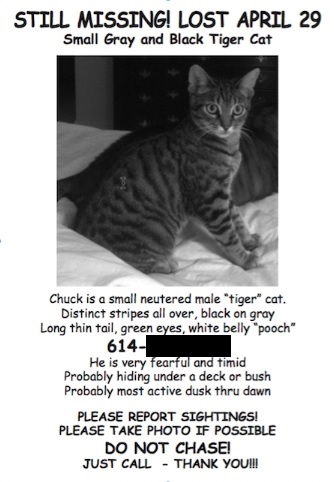

We had this 5×7 inch postcard made up by a local printer that also handled the EDDM mailing.
Print out an aerial view of your neighborhood. To determine what carrier routes to target for the EDDM mailing we studied an aerial view of our neighborhood (maps.Google.com) and reasoned that since Chuck is rather fearful, he would probably not venture beyond some busy streets and or the railroad tracks that bounded our neighborhood. The aerial map also enabled us to identify wooded areas and small streams that might be attractive to a lost cat.
The web-based reports, the flyers and especially the EDDM mailing produced over one hundred sighting reports.
Keep a record of sightings. People were so helpful! We kept a careful record of the sightings: who called, when and where. We plotted the sightings on the aerial map we had printed out. When there was a promising report or a cluster of sightings, we would set up a food station and a trail camera.
Follow up on sightings, using a trail camera if possible. We were fortunate to be assisted by two women who volunteer to help people recover lost pets with the aid of a trail camera. Trail cameras are motion activated and send photos, including infrared night photos, to a mobile phone via the cellular network. Then the volunteer who is monitoring the camera transmissions sends a text or an email with the photo to alert us. That was how we discovered and trapped all the wrong cats. Gray tabbies are all so similar!
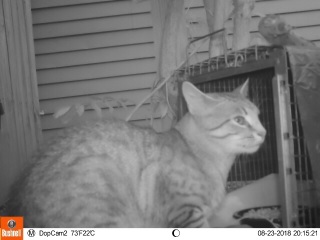
An infrared photo from the trail camera. We monitored this cat for several days before we trapped him. It was not Chuck but sure looked like him! He was definitely feral but the neighbor who had reported him was willing to become his caretaker, so we took him to a special vet and had him neutered and returned to his territory. “Tiger” as he is now known has a nice shelter and is being well fed.
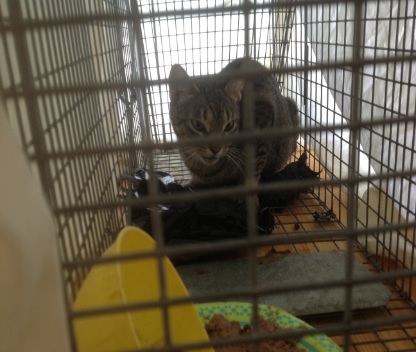
This is another cat we trapped thinking it might be Chuck. She looked thin – another feral. We took her to be vetted and discovered that she was lactating! Fortunately, the neighbor who had told us about her had just that morning discovered where she was hiding her kittens. We rescued them as well and took them to a shelter that accepts feral cats, which is very unusual. From the neighbor we learned that this kitty had been around the neighborhood for several years and had produced many litters. We think there is a strong possibility that she is Chuck’s Mom and that the neighborhood Chuck look-alikes that we trapped were her offspring that had survived.
Nothing succeeds like persistence. Days, weeks and then months went by and we were starting to get discouraged. Most of our flyers were gone. People take them down or they deteriorate. Sightings had gradually dried up. The weather was turning cold. I decided to do a second EDDM postcard mailing. We immediately got three sighting reports in one evening, all in the same area just up the street from us. One neighbor sent us a cell phone photo of a cat on her deck. This time we were 99% certain it was Chuck.
With that kind neighbor’s permission, we set up a feeding station and a camera on their deck. The next night we caught Chuck on camera at about 8 PM
He ate all the food. The following morning, we set the trap and waited…and waited…and waited. By 9PM he had not yet come. Marci, the woman with the trail camera who was helping us, suggested that we disarm the trap by 9:30PM for overnight or we would only catch a raccoon or a possum or worse yet, a skunk. So, we drove over there at 9:30 and discovered a raccoon who had just gotten himself trapped but had not yet had time to eat the food. We released him and scattered the food around on the chance that Chuck would come by and be motivated to continue returning to that deck. The camera had, in fact, caught Chuck showing up at 10PM, but we missed catching him because we had disarmed the trap!
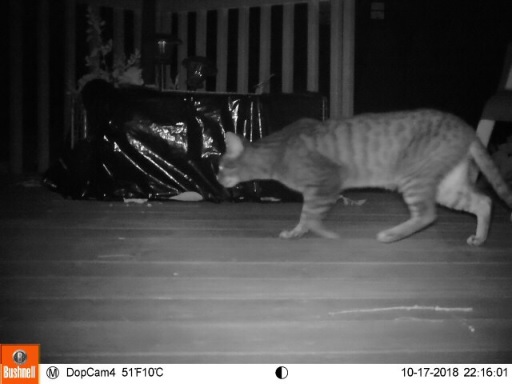
Chuck at last! The trap is sheathed in plastic to avert suspicion and put in place without being armed for a few days until the cat gets used to going inside.
The next morning, we again baited the trap and waited for the call from Marci who was monitoring the trail camera. Late that afternoon we got the call that there was a cat thrashing around in the trap. We flew over there. As soon as we spoke Chuck’s name and made eye contact the cat settled down. We took a good hard look and confirmed it was Chuck!
Since he had been on the street for about six months, we could not just take him home and release him to mingle with our other cats. Fortunately, our vet was able to see him without an appointment. Chuck was very subdued, almost as if in shock. He seemed to be in pretty good shape. He had lost a few pounds, but he was not emaciated. They treated him for fleas, mites and worms, and we took him home. The vet advised us to keep him isolated for a few days, that it would be like introducing a new cat. But after two days Chuck was anxious to be liberated and have the run of the house again. It was like he finally realized that we were his benefactors and he didn’t need to be afraid anymore! Our cat-sitter, Char, pronounced him “the new, improved Chuck”!
At last the ordeal was over. No more dashing all over the neighborhood at all hours responding to sightings. No more going to bed wondering where he was and how was he surviving. No more waking up in the morning to the renewed anguish of knowing he was lost. So, we are sharing Chuck’s story to help others achieve a happy ending.
Here are some important takeaways from our experience:
- Like most inside cats that slip out accidentally, Chuck hung around for about two weeks, but he was hiding. We spotted him a few times, but he always ran from us. That is normal behavior for a cat in a strange environment. If it is safe and you can leave a door or window open, cats will often come back in their own good time. This initial period is the optimal time for trapping.
- We might have kept Chuck around if we had been able to make food available for him. Unfortunately, we were in the habit of giving leftovers to raccoons and they were always around ready to snatch anything we put out. By the time we figured out how to foil them, Chuck had moved on.
- Good photos are indispensable to recovery. Fortunately, we had several good photos of Chuck showing distinctive characteristics like the striping on his paws or the markings on his torso. Still, he closely resembled most other gray tabbies, possibly because they all came from the same mother as we later discovered. We used the best photo for our flyers and postcard mailings.
- We found Chuck through sighting reports prompted by social media (Nextdoor.com was particularly helpful), flyers and mailings. The flyers were effective only short term. Most people don’t notice them unless they have a pet themselves and often they get taken down. For example, after we spent several hours posting flyers all around a condo complex because there was a sighting, someone took them down the very next day.
- The EDDM (Every Door Direct Mail) elicited the best response. I think we heard about every gray tabby cat in the neighborhood after our postcards went out! Several people said they posted it on their fridge.
You can ask a local printer to help you create a postcard for EDDM. You do not have to spend lots of money on a for-profit commercial pet finding web site. - Setting up a food station, monitoring with the trail camera and trapping were necessary follow-ups to sightings. If you do not have the use of a trail camera, just go ahead and trap although you risk catching the wrong cat. Even with the aid of a camera, you may still end up catching look-alikes.
- If you cannot afford or cannot borrow a trail camera, there are inexpensive home security cameras that will record comings and goings of people and animals. They may not send real time photos, but at least you will be able to determine if your pet has been coming around. So, in response to sightings you should; a) get permission to set up a food station and b) OPTIONAL: monitor the food station with a camera and c) once you think your pet is coming around set a trap.
- Most of all, do not give up too soon. As with almost anything we try to accomplish, nothing succeeds like persistence.
We should add that the method we used to recover Chuck worked well because Chuck did not go far beyond our neighborhood of several square miles. When searching for a lost dog or an adventurous cat, you need to exploit all means to elicit sightings far and wide: the Pet FBI database, all social media including Facebook and Nextdoor.com, Craigslist, and of course flyers. To be sure your flyers are the most effective, use the Pet FBI template and follow the suggestions for posting on our advice page.

A more self-confident Chuck enjoying the comforts of home.
PLEASE SHARE YOUR STORY OF RECOVERING A LOST PET WITH US!
JUST SEND IT ALONG WITH SOME PHOTOS TO THE CONTACT LINK ON THIS

